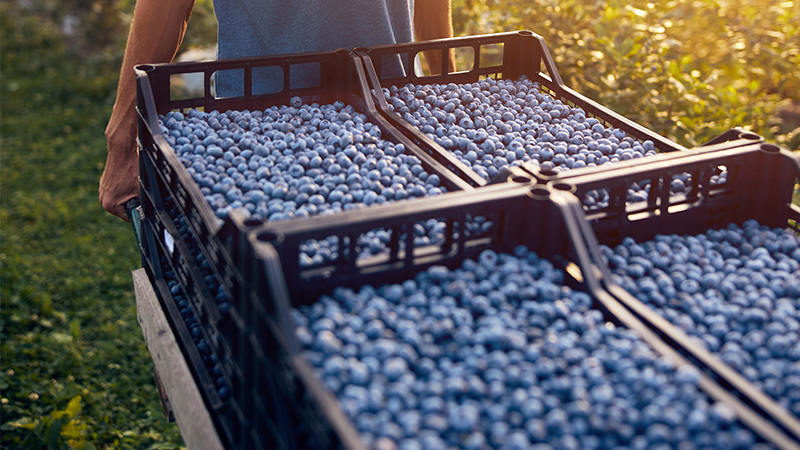Pest Of The Month: Melon Thrips

Identification
Adults are pale yellow or whitish in color, but with numerous dark setae on the body. A black line, marking the juncture of the wings, runs along the back of the body. The slender fringed wings are pale. They measure 0.8 to 1.0 mm in body length, with females averaging slightly larger than males. Unlike the larvae, adults tend to feed on young growth. Females may produce up to 200 eggs, but average closer to 50.
Survival And Spread
Melon thrips cause severe injury to infested plants. Leaves become yellow, white or brown, and then crinkle and die. Heavily infested fields sometimes acquire a bronze color. Damaged terminal growth may be discolored, stunted, and deformed. Densities from one to 10 per cucumber leaf have been proposed as the threshold for economic damage in some studies. Feeding usually occurs on foliage, but on pepper — a less suitable host — flowers are preferred.
Management
Natural enemies, particularly predators like the minute pirate bug, are important in the natural control of melon thrips. In fact, population numbers and damage caused by melon thrips may be increased by application of some broad-spectrum insecticides.
Foliar insecticides are frequently applied for thrips suppression, but at times it is difficult to attain effective suppression. It is usually inadvisable to apply insecticides if predators are present. Eggs and pupae are relatively insensitive to insecticide application.










